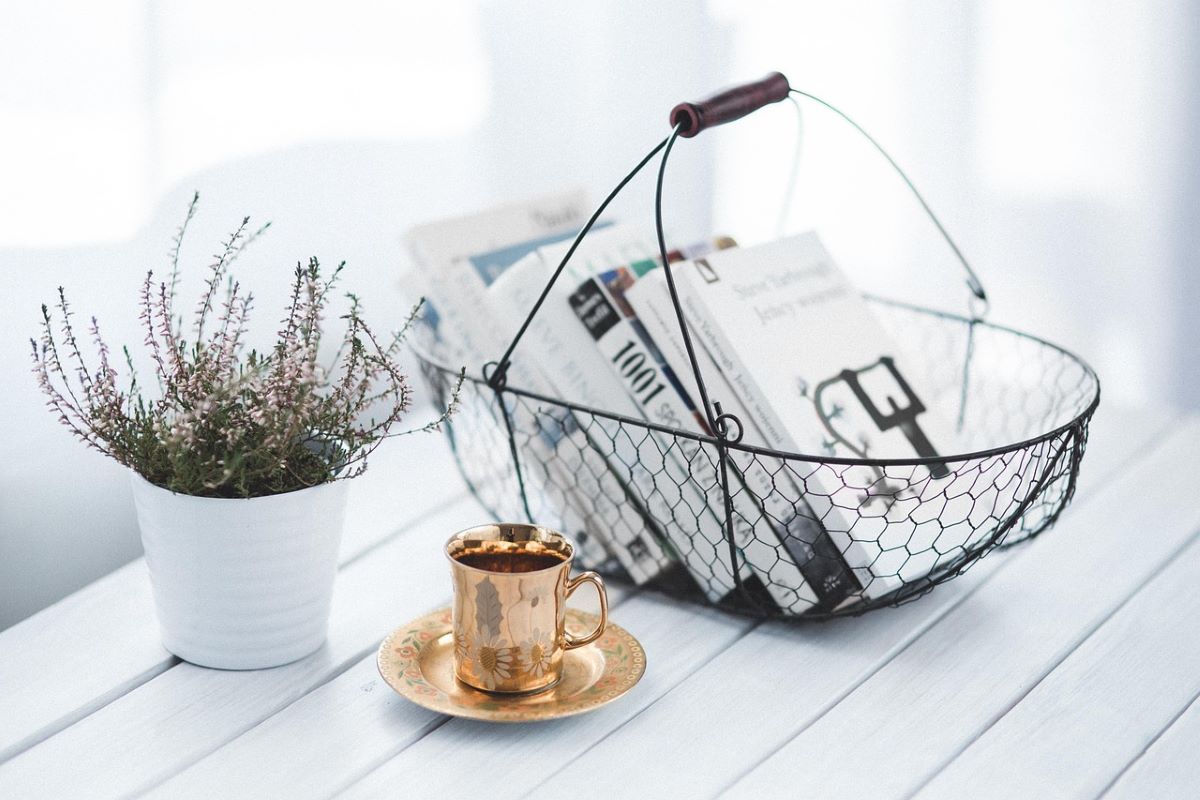
Living in a small space doesn’t mean compromising your style or comfort. With the right interior design hacks, you can transform even the tiniest of rooms into functional and inviting spaces that reflect your personality. Whether you’re dealing with a cosy apartment or a compact house, these 10 interior design hacks will help you maximise every square inch while maintaining aesthetic appeal.
Multi-Functional Furniture
Invest in furniture pieces that serve multiple purposes. Look for sofas with hidden storage compartments, coffee tables that can double as desks, or ottomans with built-in storage. By choosing multi-functional furniture, you can optimise space while reducing clutter.
Vertical Storage Solutions

When space is limited, think vertically to make the most of your room’s potential. Implementing vertical storage solutions, such as floating shelves or wall-mounted cabinets, maximises the use of available wall space. These solutions not only free up floor space but also draw the eye upward, creating the illusion of a larger, more open area.
Mirrors to Create Illusion
Strategically placed mirrors can make a big difference to the entire look. They reflect light and create the illusion of depth, making the room feel more open and airy. Consider placing a large mirror opposite a window to maximise natural light or using mirrored furniture to amplify the effect.
Opt for Light Colours
Light colours have the power to visually expand a room by reflecting more light. Choose soft hues like whites, creams, and pastels for walls, furniture, and decor. Light-coloured floorings, such as pale wood or neutral tiles, can also contribute to a brighter, more spacious feel.
Streamlined Storage Solutions
Effective storage is essential in small spaces, but bulky cabinets and bookshelves can overwhelm the room. Opt for streamlined storage solutions like floating shelves, wall-mounted racks, or built-in cabinets that blend seamlessly with the walls.
Embrace Minimalism
In small spaces, less is often more. Embrace a minimalist approach to decor by choosing clean lines, simple patterns, and uncluttered surfaces. Avoid overcrowding the room with too many knick-knacks or oversized furniture pieces, and focus on creating a cohesive and harmonious aesthetic.
Utilise Every Nook and Cranny
Get innovative with underutilised areas such as corners, alcoves, and under-stair spaces. Install retail display stands in corners, maximising vertical storage without sacrificing valuable floor space. Consider incorporating wire mesh elements to create unique storage solutions in alcoves, adding both functionality and visual interest to the space. By utilising every nook and cranny, you can optimise storage and create a more organised and efficient environment.
Create Zones with Rugs
In an open-plan layout, rugs can help define separate zones within the same space. Use area rugs to distinguish the living area from the dining space or to craft a cosy reading nook in a corner. Opt for rugs with light colours and simple patterns to maintain visual continuity and avoid overwhelming the space.
Scale Down Furniture
When furnishing a small space, scale is key. Choose furniture pieces that are proportionate to the room and avoid oversized items that will dominate the space. Opt for sleek and slimline designs that provide functionality without overwhelming the room visually.
Let in Natural Light
Natural light can make even the smallest of spaces feel bright and airy. Keep windows unobstructed by heavy curtains or bulky furniture, and opt for sheer or lightweight window treatments that allow light to filter through. Maximise natural light with strategically placed mirrors and reflective surfaces.
All in all, designing a small space requires creativity, ingenuity, and a willingness to think outside the box. By incorporating these 10 interior design hacks, you can make the most of your limited square footage while creating a stylish and functional environment that feels spacious and inviting. Remember, it’s not about the size of the space but how you make use of it that truly matters.




